Introduction
Every year, over one million sea turtles are released into Banderas Bay and the Riviera Nayarit, a haven for these tiny chelonians thanks to the numerous turtle sanctuary camps that dot the coastline.
The Olive Ridley, green sea turtle, leatherback turtle, and hawksbill turtle all lay eggs here. The Olive Ridley turtle is the most common, laying eggs three times a year and generating an average of 100 eggs per nest, 80 percent of which hatch. Only one in a thousand turtles will go on to breed. As each new generation of female turtles matures, they return to their birth beach to lay their eggs. The male turtles never come back.
Turtles arrive in June to deposit their eggs, and the hatchlings leave the nest 45 days later. Workers from the Ministry of Environment and Natural Resources (Semarnat) and local volunteers stand watch on the beaches at night to collect the eggs, keep them safe, and hatch them.
Nuevo Vallarta’s beach has among the highest numbers of female sea turtle arrivals in the region. The turtle camp is 14 kilometers (8.6 miles) long, and the National Commission for Protected Natural Areas has kept it open for 25 years, registering an average of 5,500 nests and releasing 300,000 to 400,000 hatchlings each year. According to the National Program for the Conservation of Sea Turtles, there were 51 thousand olive ridley nests documented in the Mexican Pacific in 2012, with around 10 thousand of these nests on Nuevo Vallarta beaches. In Jalisco and Nayarit, almost 3 million eggs were collected, hatched, and then set free in 2017.
Despite the seemingly high number, relatively few of them survive. Estimations state that just one or two out of every thousand hatchlings mature and reach reproduction age. This is why it’s critical for locals and tourists to help keep beaches safe for returning mothers. This is done by minimizing pollution, particularly plastic bags and soda bottles. Sea turtles frequently mistake them for jellyfish, gobble them up, and die of asphyxiation. If you happen to see a sea turtle come out of the ocean, leave it alone and do not touch nor approach it as it may lose its sense of smell and orientation. Turtles should be treated with care, observed calmly, and left alone.
Where can you participate in Baby Turtles releases in Puerto Vallarta?
To experience marine life up close, visit Puerto Vallarta during sea turtle hatching season. Participating in a sea turtle release in Puerto Vallarta helps juvenile turtles reach the water safely. Before attending a sea turtle release Puerto Vallarta event, learn about this essential species.
You can visit a National Sea Turtle Protection Program official camp with many different organizations.
The olive ridley sea turtle is the species most commonly found in the area (Lepidochelys olivacea). The Black (Chelonia mydas agassizii), the Hawksbill (Eretmochelys imbricata), and the Leatherback (Dermochelys coriacea) turtles also visit Puerto Vallarta every year to leave their eggs in a sandy nest and, once they hatch, start the cycle up once again.
Poachers frequently target sea turtles for their eggs, meat, or shells. The IUCN lists sea turtles as an endangered species due to their diminishing numbers. Sea turtles are especially endangered because only 5% of those that hatch reach adulthood.
Puerto Vallarta, the green jewel of the Mexican Pacific, has made itself a name as a tourist destination focused on sea turtle conservation. The Banderas Bay area has a number of sea turtle protection sanctuaries. Each sanctuary has between 70 and 230 nests, and each day, between 60 and 500 sea turtles are discharged from these nests. Conservation efforts in Puerto Vallarta have been pretty successful. From the second half of June to the end of December, about 2,500 nests and 150,000 hatchlings are born and set free.
Conservation Efforts in Puerto Vallarta
Every time a baby sea turtle is released in Puerto Vallarta, its likelihood of survival increases. The environment would be out of balance if there were too few adult sea turtles. Visiting one of the best places to watch sea turtles in Puerto Vallarta is entertaining and also supports local conservation efforts.
If you do spot a sea turtle in Puerto Vallarta, keep at least 10 meters away, don’t snap pictures with a flash, and most importantly, don’t bother them. This may prevent them from nesting.
Olive Ridley Sea Turtles
Olive Ridley sea turtles return annually to Puerto Vallarta, Mexico. They’re the smallest species of marine turtle, with shells only two feet long. The average Olive Ridley turtle lives 50 years and eats jellyfish, prawns, and sea urchins. Although they’re the most common marine turtle, their numbers are declining.
Sea Turtle Nesting Season
From mid-June to December, Olive Ridley sea turtles return to their birthplace to nest. When turtle season arrives, you’ll watch the moms digging out their nests on the sand, a phenomenon known as an “arribada.” Olive Ridley turtles’ nesting season is spread out here. During sea turtle nesting season, call 911 to report a nesting mother. If the mother leaves her eggs there, predators may step on or eat them. Members of the Green Patrol help them reach a sanctuary to hatch in forty-five days.
Baby Turtle Hatching Season
Either between the end of June or the start of July and December is the season for newborn sea turtle release in Puerto Vallarta and the Banderas Bay area and beyond. Mother sea turtles lay 50 to 250 ping-pong-sized and shaped eggs in the sandy nest they excavate. The eggs take around 45 days to hatch out of the nest, and the baby turtles can then take up to 14 hours to make their way from the egg to the sandy surface.
Turtle Release Camps in Puerto Vallarta
The annual release of newborn sea turtles between mid-June and December in Puerto Vallarta is a once-in-a-lifetime opportunity. There are quite a few turtle camps in Puerto Vallarta organized by biologists and volunteers who work to safeguard this species by collecting and caring for turtle eggs once they’ve been laid by the mother. You can help save an endangered species by joining these once-in-a-lifetime events and sending off your baby turtle on its life’s adventure.
These camps care for the sea turtle nests until the eggs start hatching, and they hold turtle release ceremonies where tourists and volunteers may watch as this beautiful marine species scurries on into the warm waters of the Mexican Pacific Ocean for the first time.
The following are the best Puerto Vallarta sea turtle release camps:
Boca de Tomates Turtle Camp
Campamento Tortuguero Boca de Tomates (Saving Sea Turtles in Puerto Vallarta) is located on Boca de Tomates Beach, very close to and a bit north of PV’s airport by the edge of the sea. Looking south and along the shore, you’ll even be able to watch the jets take off! They release an estimated sixty thousand baby turtles into the Pacific Ocean each year, according to the staff. To avoid seagulls, hawks, and other sea and land predators, newborns are released when the sun is going down.
Before releasing your turtles, volunteers will teach you about Olive Ridleys, and you’ll name and make a wish before releasing them. Free turtle releases in Puerto Vallarta are supported by donations.
The July hatching season begins after 45 days of incubation.
- You’ll be taken there in air-conditioned vans
- Visits to the turtle sanctuary are in smaller groups
- A skilled biologist guide will inform you about the program and the turtles.
- Help send the newborn sea turtles safely into the ocean at sunset.
- We encourage you to leave a contribution to support this conservation program.
Hotel Marriott Puerto Vallarta
One of the area’s most popular turtle releases is Marriott’s Puerto Vallarta Resort & Spa. Sea turtle conservation in Banderas Bay has been a major focus of this resort since 2005, with an average of 60,000 juvenile turtles released each season. The hotel’s biologist oversees all volunteer activities with guests that are critical to turtle conservation. All guests, no matter their age, are welcome to experience the release of the sea turtles upon hatching. Their events vary according to the season, so call ahead of time to find out what activities will be held when you plan to visit, and inquire which ones are open for your family to participate in.
Ecotours Vallarta
This company really cares about the environment and does a great job of it. The company gives people the chance to enjoy this release experience, which will be led by a trained guide. This guide will talk about how sea turtles live and what they eat. Each person who comes will also be able to make their own turtle nest.
Wildlife Connection
This group gives you the chance to visit one of the official locations of the Mexican sea turtle protection program, here you’ll be able to participate and help save this beautiful sea turtle species. Together with experts on cetaceans, the turtle release starts when the sun goes down.
Hotel Hyatt Ziva Puerto Vallarta
Tortugario Hyatt Ziva Puerto Vallarta at Playa Las Estacas
The Hyatt Ziva Tortugario on Playa Las Estacas is a well-known program. Camino Real hotel owners started it in the 1970s. The current owners, the Hyatt Group, have continued the initiative.
The turtles are released into the sea the same night, around 8 p.m. They are unleashed at dusk. This provides them with the best possible start in life. There are fewer predators around at this time. The turtles are positioned along the water’s edge and scramble into the waves. They are dragged into the sea by the waves. Then Mother Nature handles the rest.
Visitors will see the sea turtles being released. At the release site, professionals make sure that no one goes into the water for the next 20 minutes. This is to protect the turtles that have just been put into the water.
Sea Turtle Sanctuary Camps close to Puerto Vallarta
The following are the best sea turtle release camps both north and south of Puerto Vallarta, most are north in the state of Nayarit.
Campamento Tortuguero de Nuevo Vallarta
In Nuevo Vallarta on Flamingos Beach, there is a sea turtle sanctuary that is part of the effort to protect the hatching and releasing of olive ridley baby sea turtles.
It’s one of the official locations of the Sea Turtle Protection Program. You’ll visit the facilities and be offered a presentation on their olive ridley sea turtle conservation efforts. You can also volunteer to watch over the beaches at night and protect the sea turtle nesting areas and then, later on, release the hatchlings. An educational and emotional experience.
Notes
- Tours are offered with different costs and schedules; most are from 9:30 pm to 12:30 am.
- The release of the hatchlings is from Monday to Saturday at 6:00 pm. The season is from July to January and there is a $20 pesos recovery fee.
Grupo Ecológico de la Costa Verde, San Francisco Nayarit
The Grupo Ecológico de la Costa Verde is a group that works to protect the environment and save endangered sea turtles in Nayarit.
Concerned that the local population of marine turtles was about to go extinct, a huge campaign to protect marine turtles was started in 1991.
The group’s founding members created the first turtle-hatching nursery in 1992. Other continuing activities of the organization include: Environmental Protection, Environmental Education, Environmental Record Keeping
The local turtle population has grown from 72 to 661 nesting females in 16 years. These projects have lessened the damaging effects of increased tourism and development, which has helped the San Pancho beaches keep a lot of what makes them so beautiful.
Grupo Ecológico de la Costa Verde
102 Calle America Latina
San Francisco, Nayarit Mexico
Tel: +52 311-258-4100
Email: projecttortuga@gmail.com
(or) grupo-eco@project-tortuga.org
Campamento Tortuguero Lo De Marcos
Did you know that Lo De Marcos beach is more than two kilometers long?
Every night, the volunteers of the Lo De Marcos Turtle Camp patrol its approximately 75,380m2 of surface, which is seven and a half hectares, several times until dawn, rescuing hundreds of eggs in a single night. These will, weeks later, become beautiful baby turtles that will be released into the sea. That is our mission: to protection, service, and conservation.
You can also participate in this beautiful experience. In addition to the night patrol, we have other activities such as: informative brigades, garbage collection tours, and cultural and recreational activities.
Mayto Turtle Sanctuary
The Mayto Sea Turtle Camp, located two hours south of Puerto Vallarta, is one of the largest turtle protection camps in the state of Jalisco. Through student programs and volunteer camps, they are focusing on environmental education and conservation.
More Information: Facebook
Sayulita Turtle Release Camp
A short beach walk will bring you to the Sayulita Turtle Release Camp. The release of baby sea turtles occurs on the same day that they hatch, that is why release dates and times can only be announced at 10 a.m. on the day of the event.
Adopt a sea turtle nest or donate to their conservation program by emailing antonio_banderas270@hotmail.com.
Campamento Tortuguero El Naranjo
Come and experience firsthand how sea turtles are protected at the Turtle Camp located in La Peñita de Jaltemba. If you spend the night camping on the beach and learn how sea turtles are cared for and kept safe in Riviera Nayarit, it could be one of the best things you’ve ever done.
If you like adventure, outdoor life and contact with nature, El Naranjo Turtle Camp has everything you need in Playa El Naranjo, in La Peñita de Jaltemba. El Naranjo Camp is certified by Profepa and is self-sustaining, has all the basic services, and the possibility of installing tents for groups. It offers a talk about the sea turtle cycle, a visit to the hatching hut, patrolling along the beach and, if conditions permit, turtle releases, so you can enjoy the experience of sea turtle protection at another level.
Facilities at Camp El Naranjo include showers, restrooms, shaded areas and parking, so you only need to bring your tent, sleeping bag, lamp, insect repellent and comfortable clothes.
More information: (322) 303-8126 & (322) 168-5156.
Sea Turtle Sanctuary Camps on a map
Last Updated on 11/08/2022 by Puerto Vallarta Net



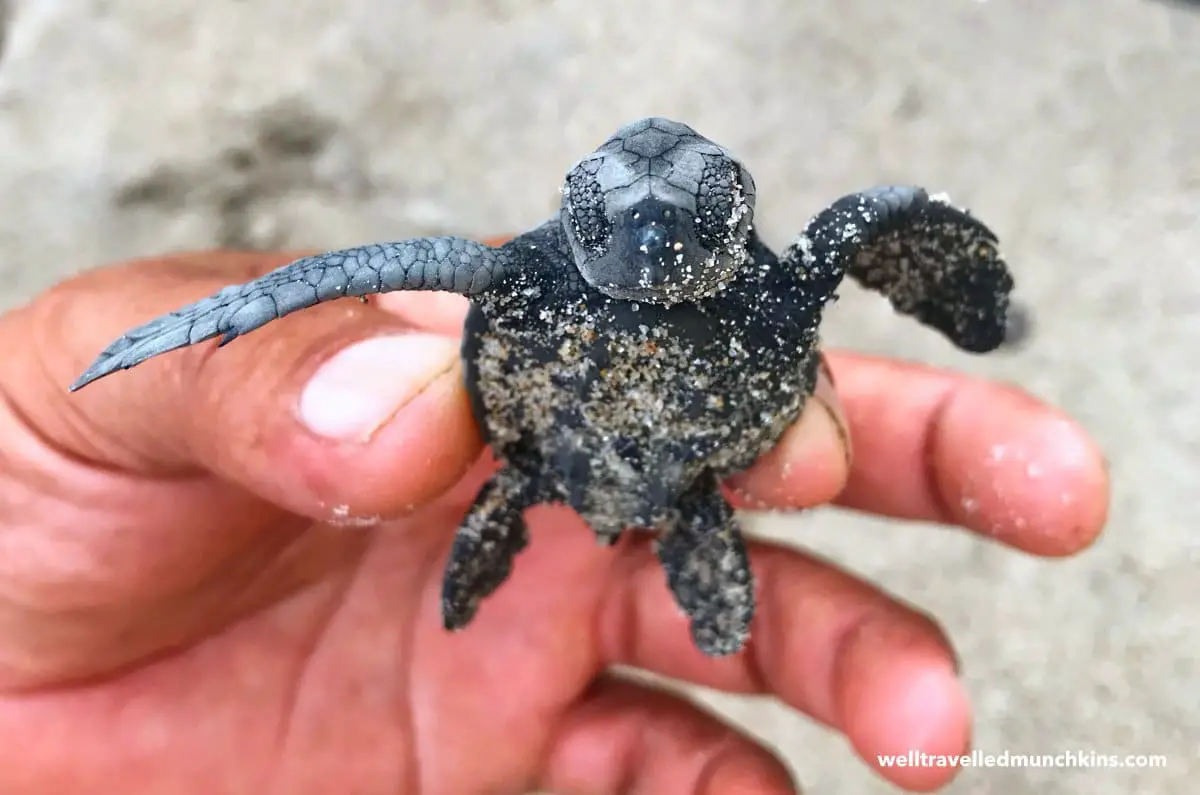
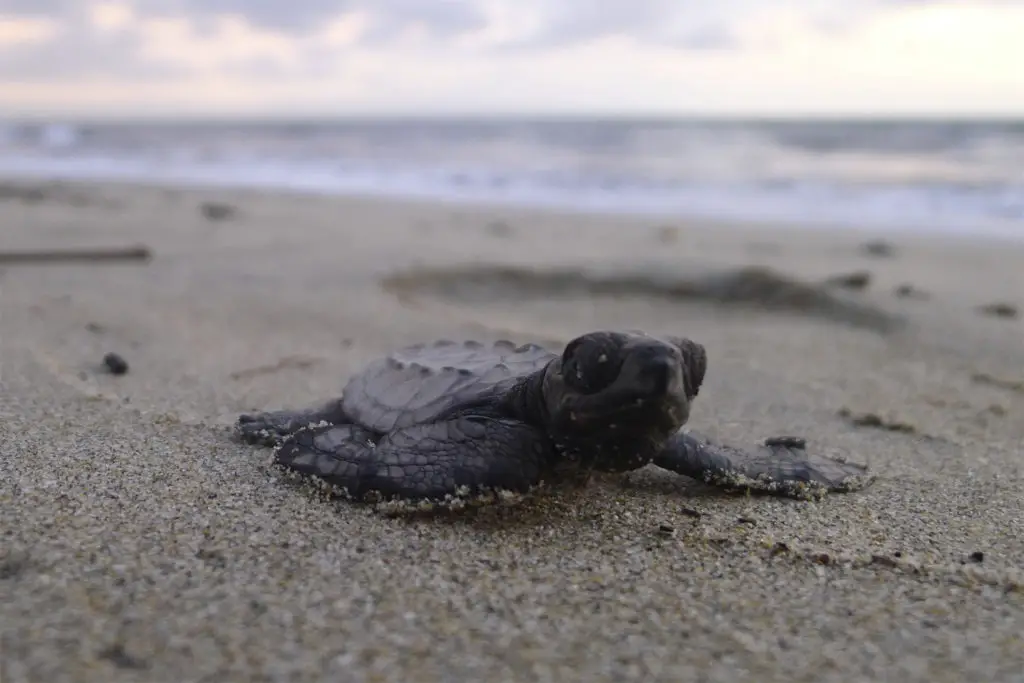
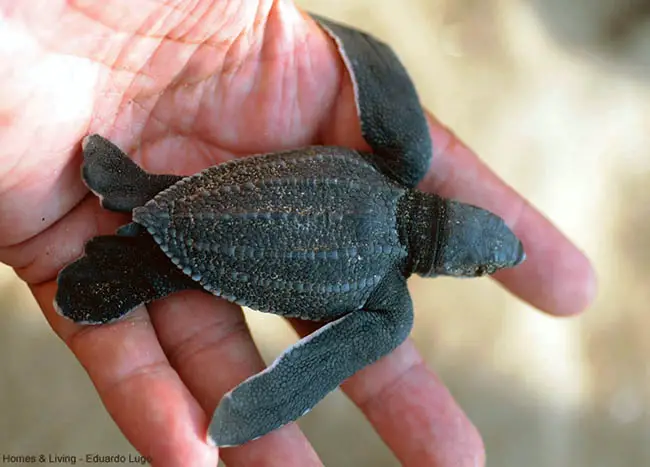
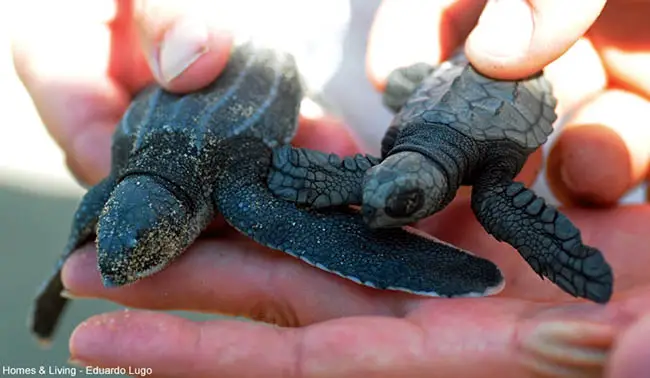
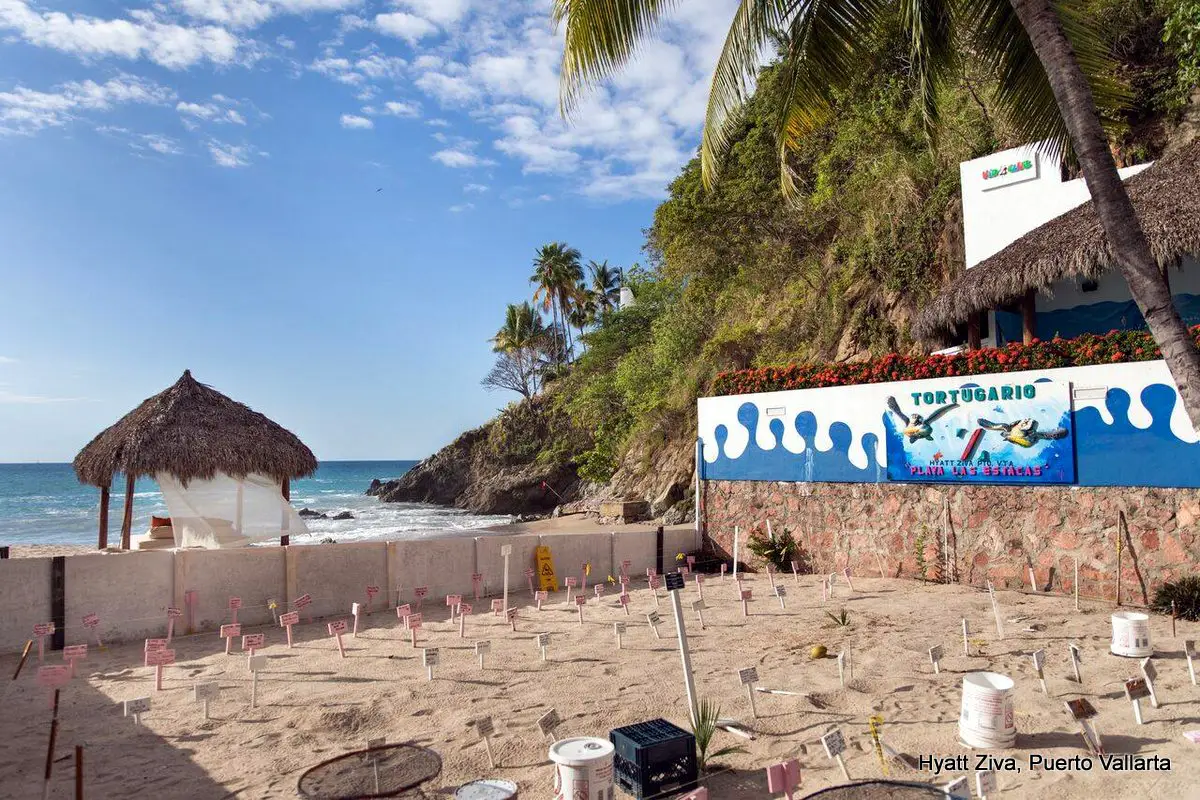
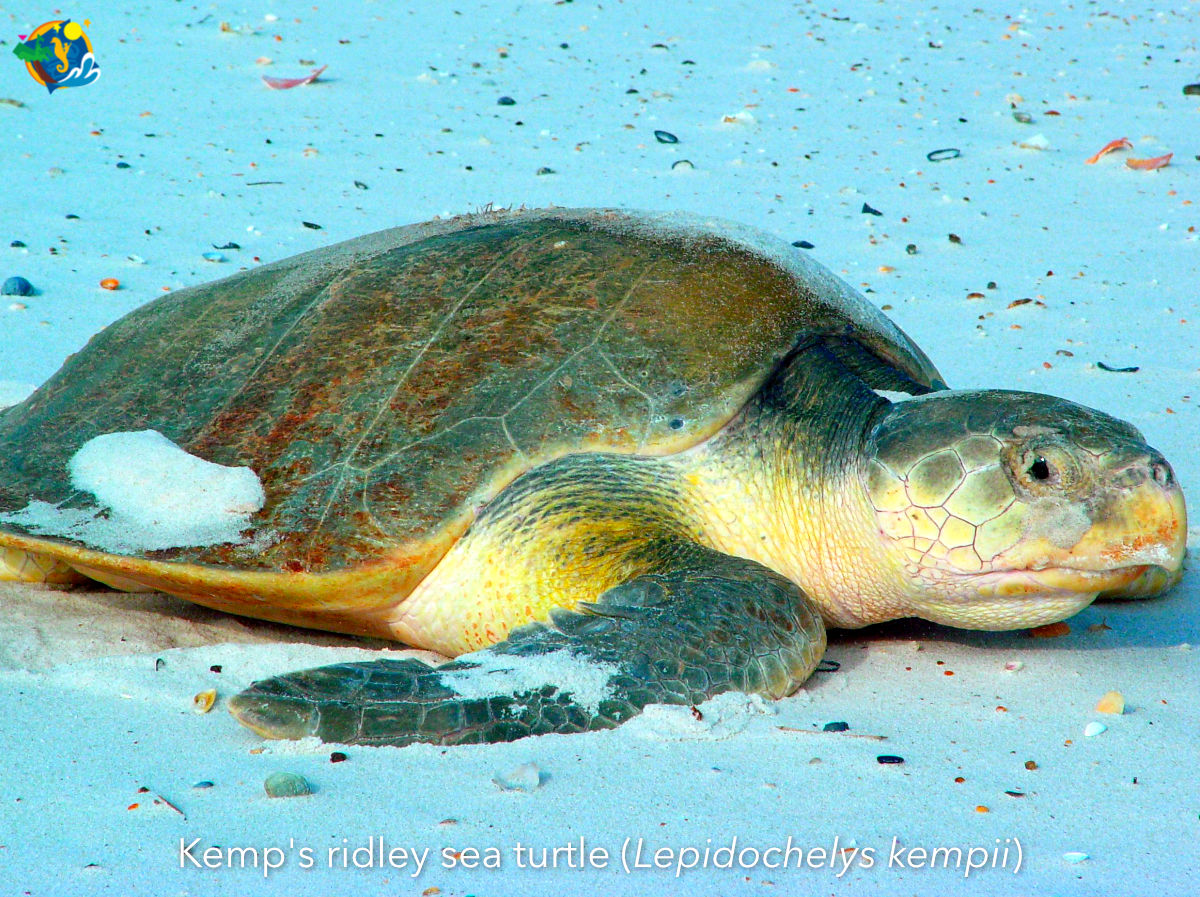
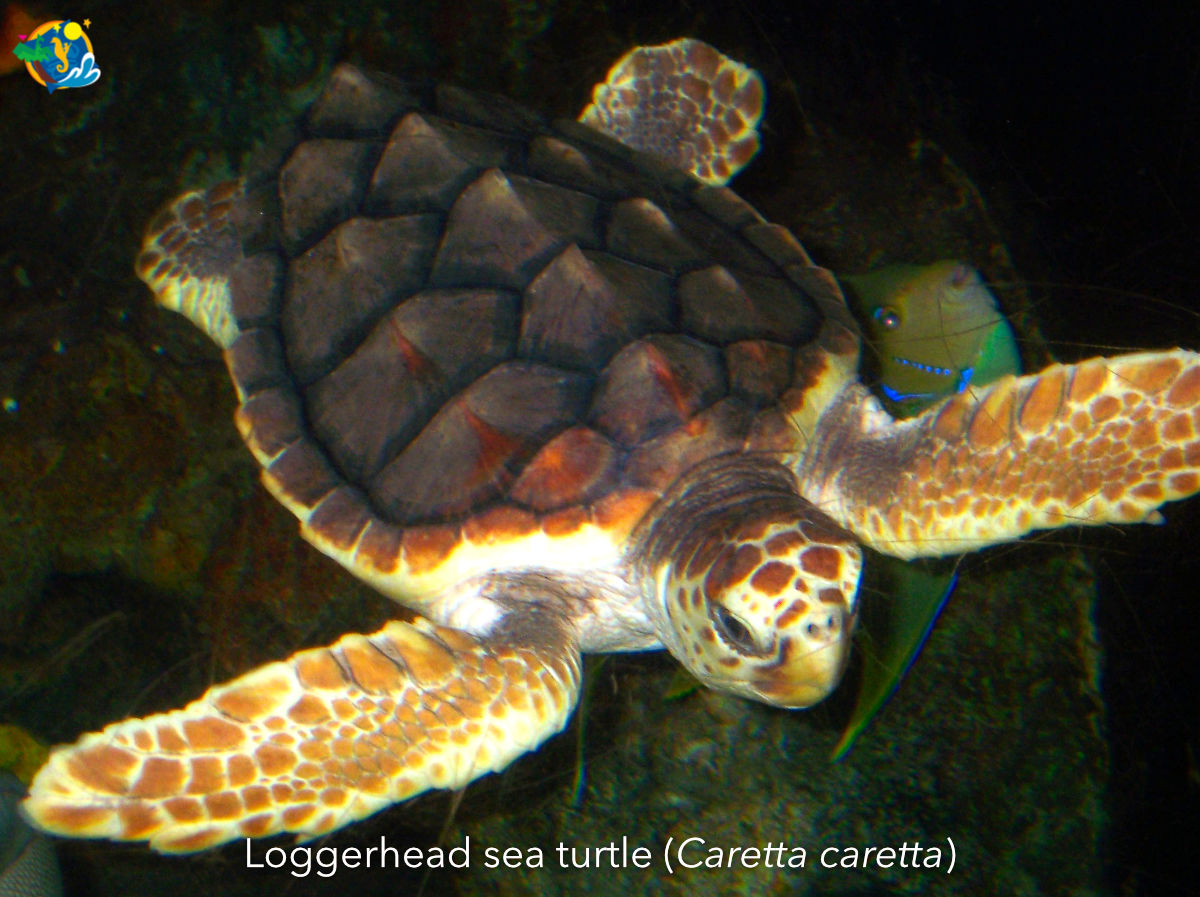
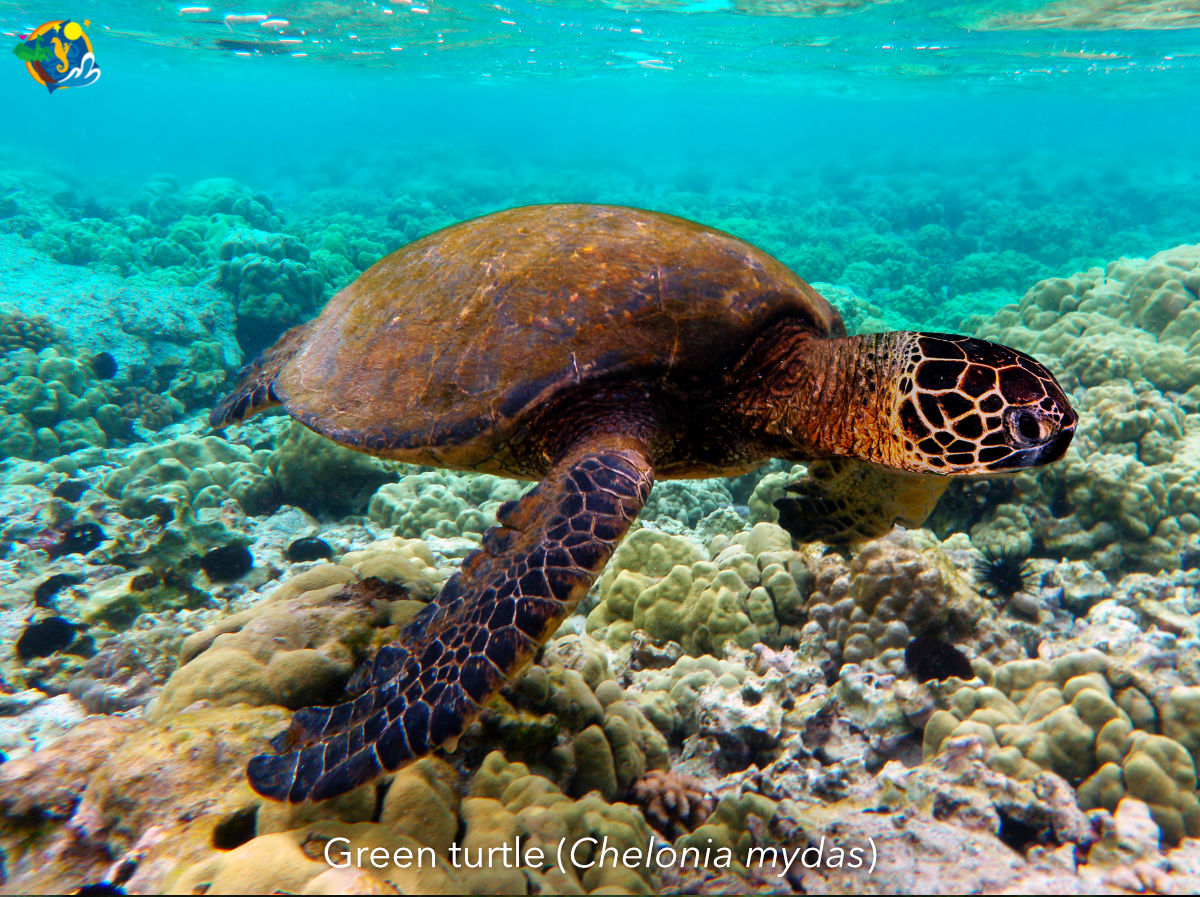
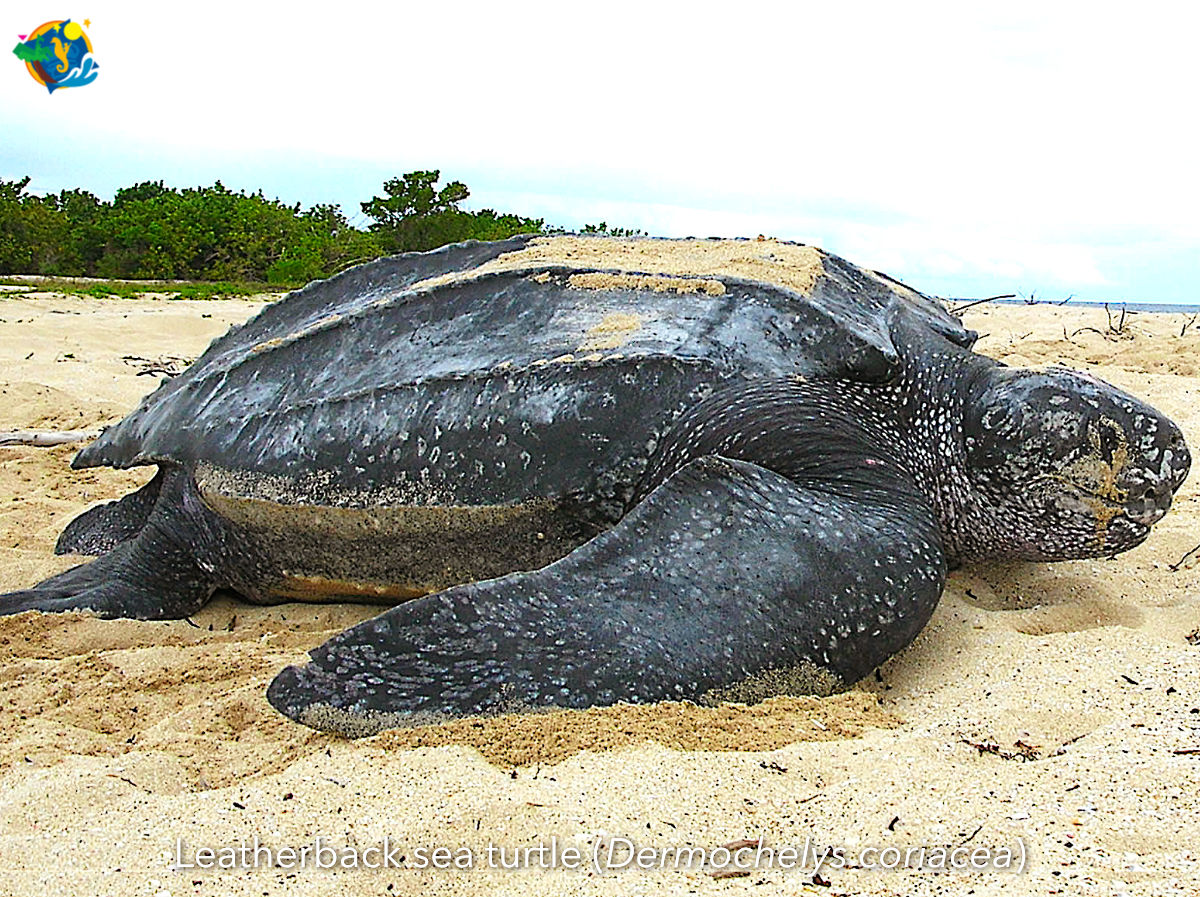
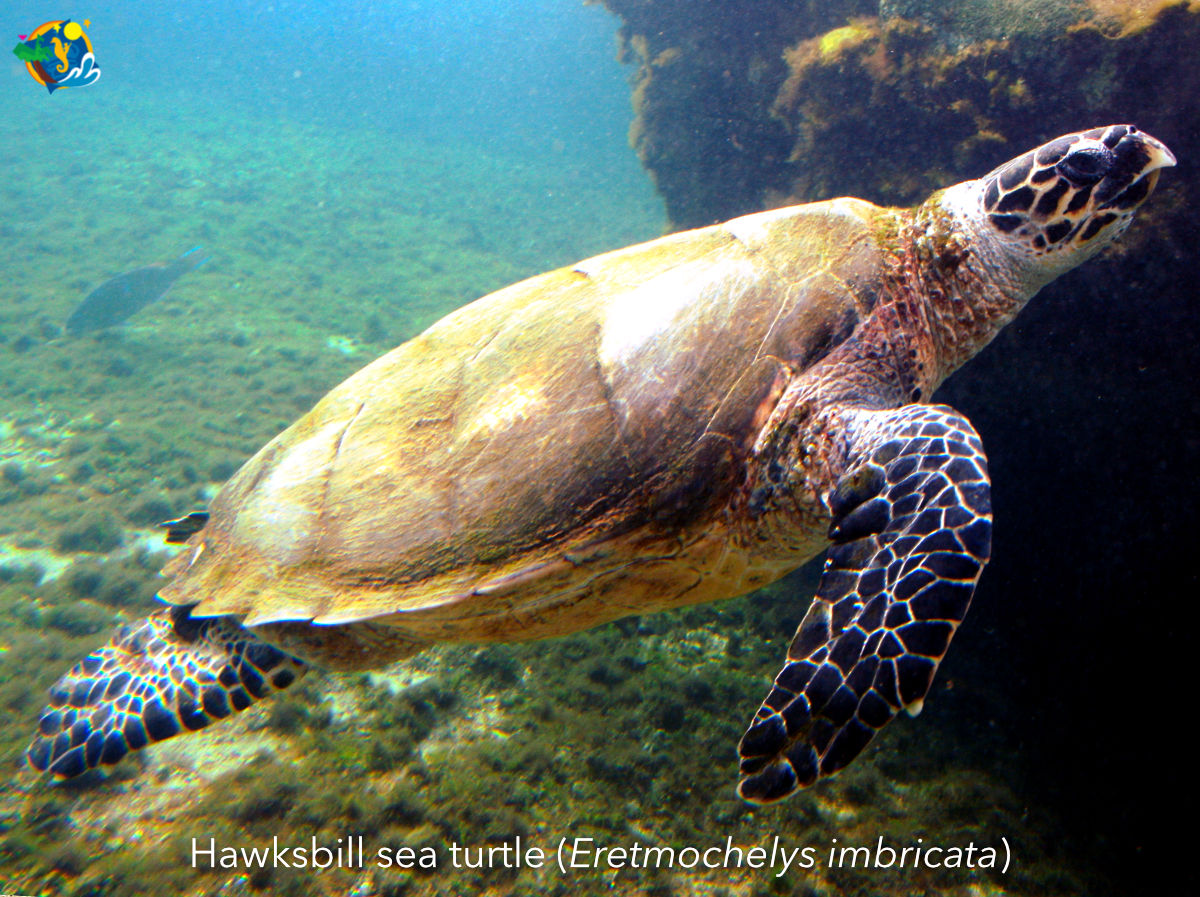
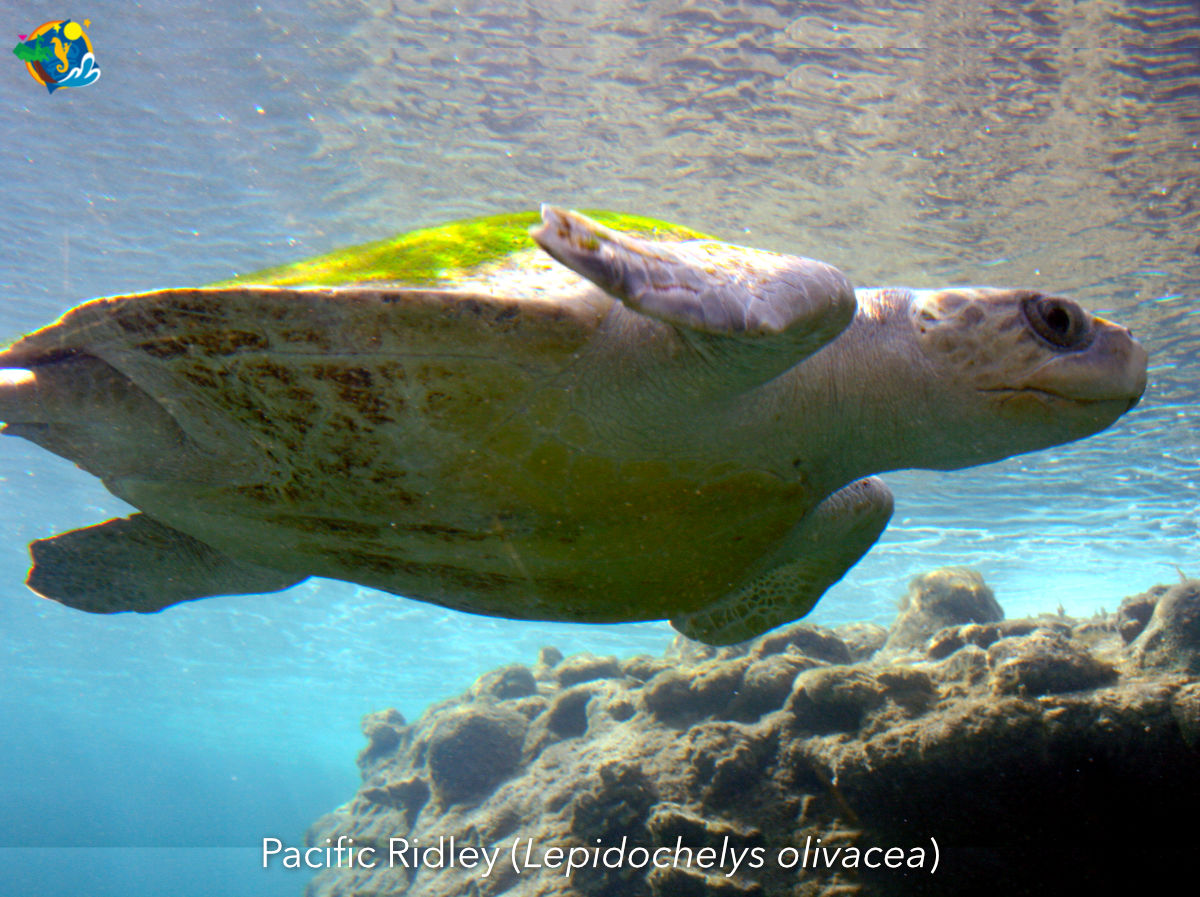
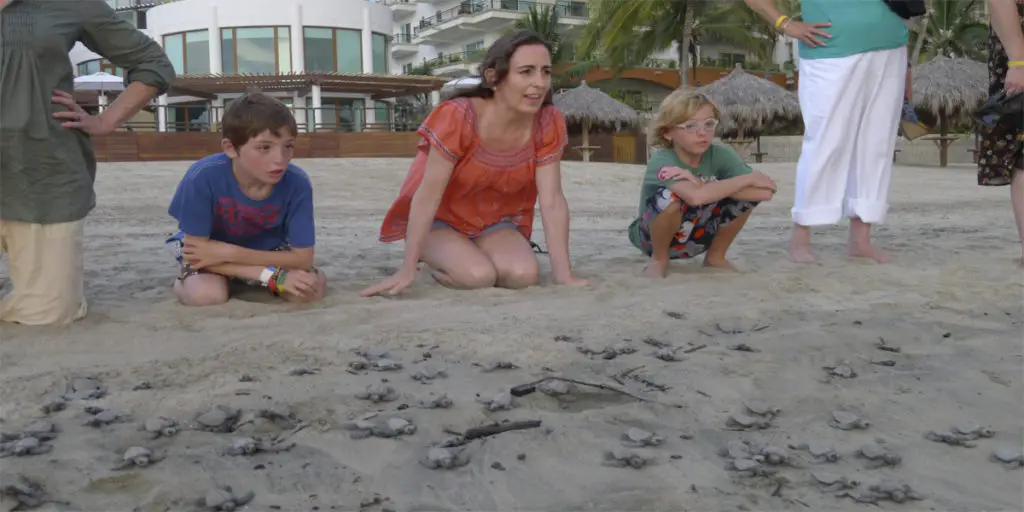
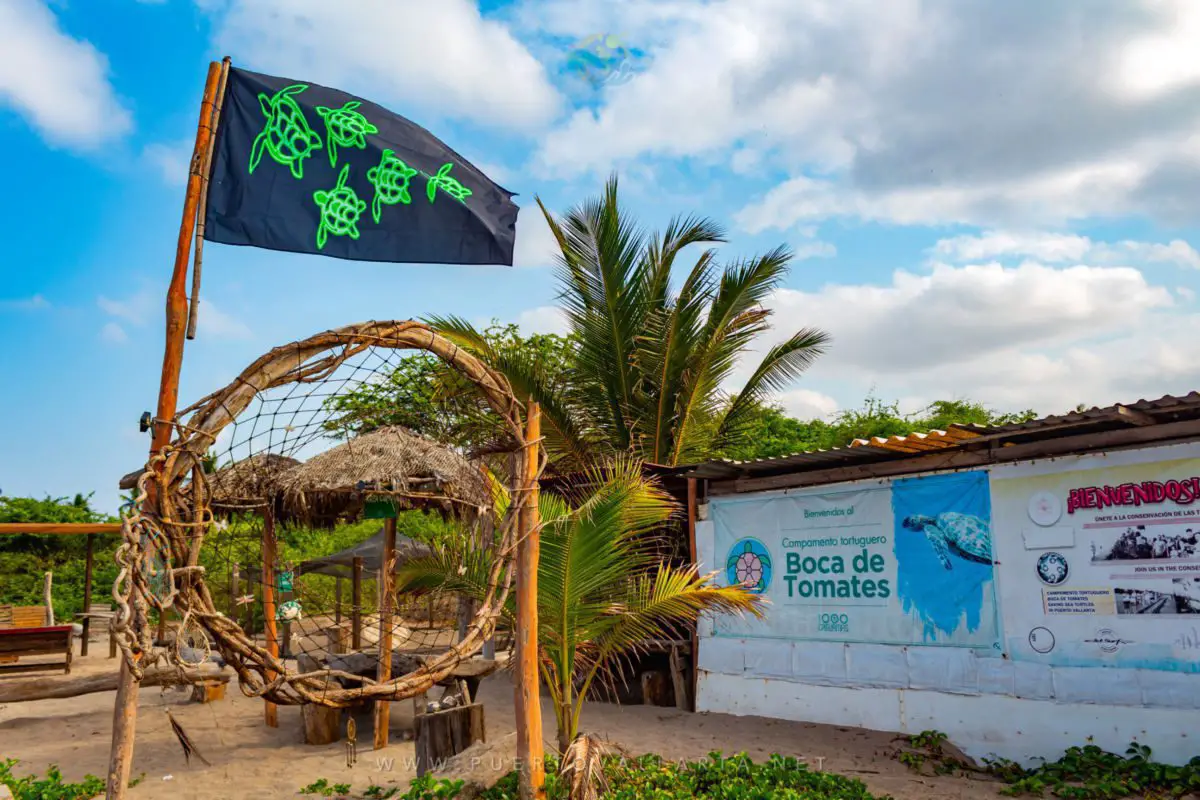
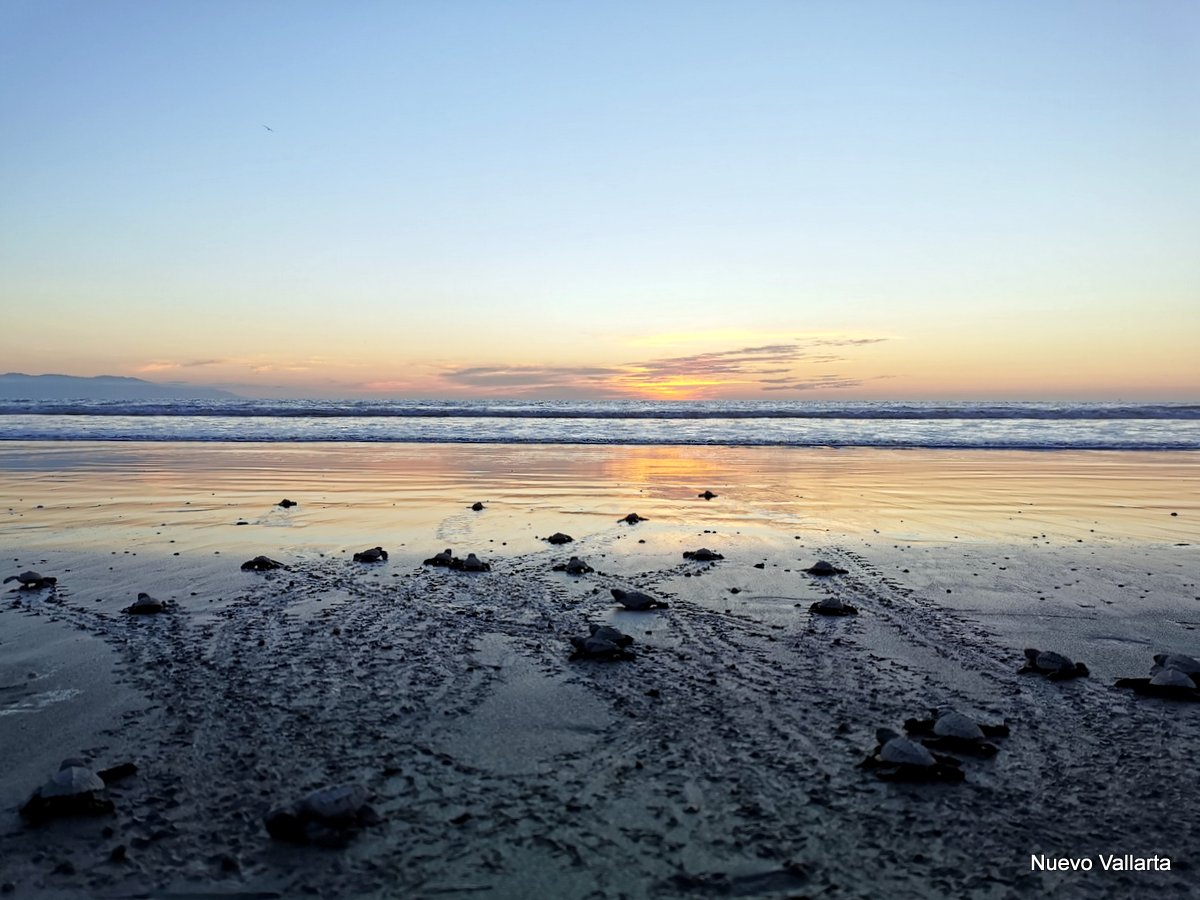
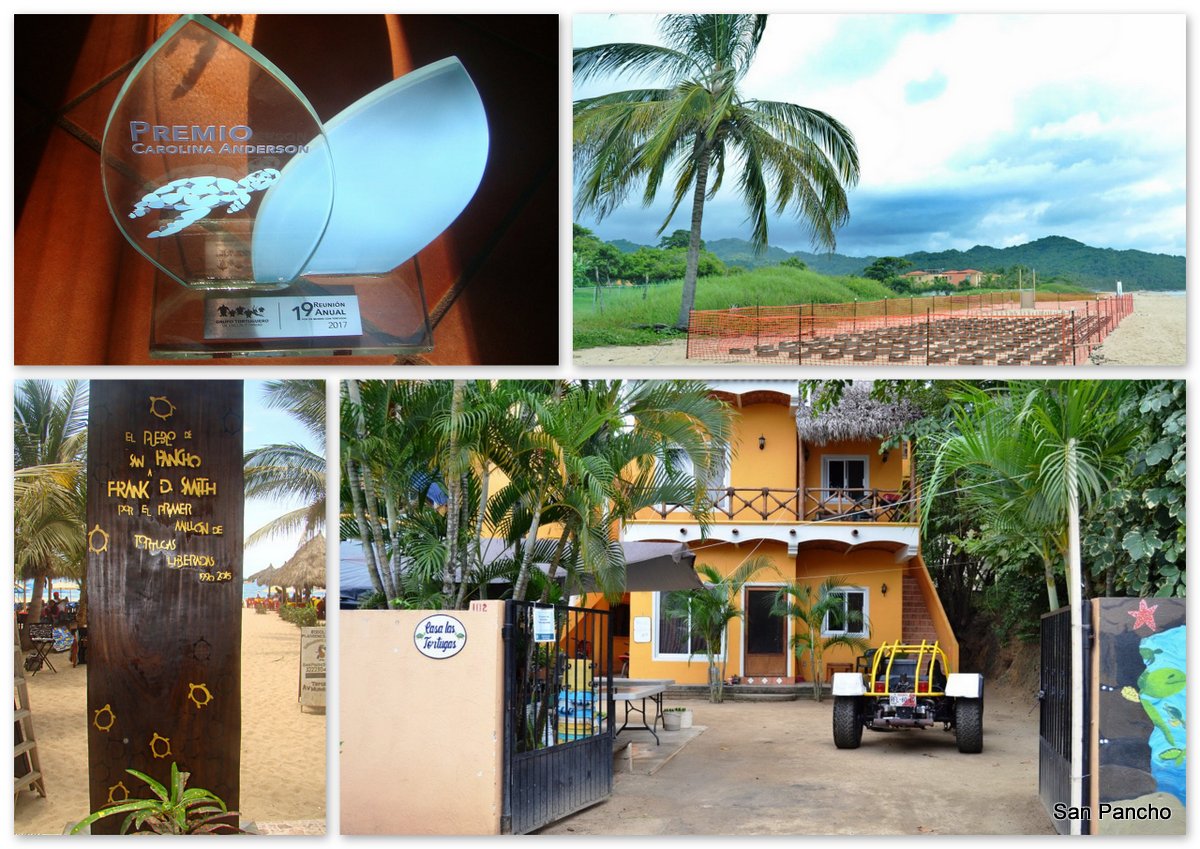
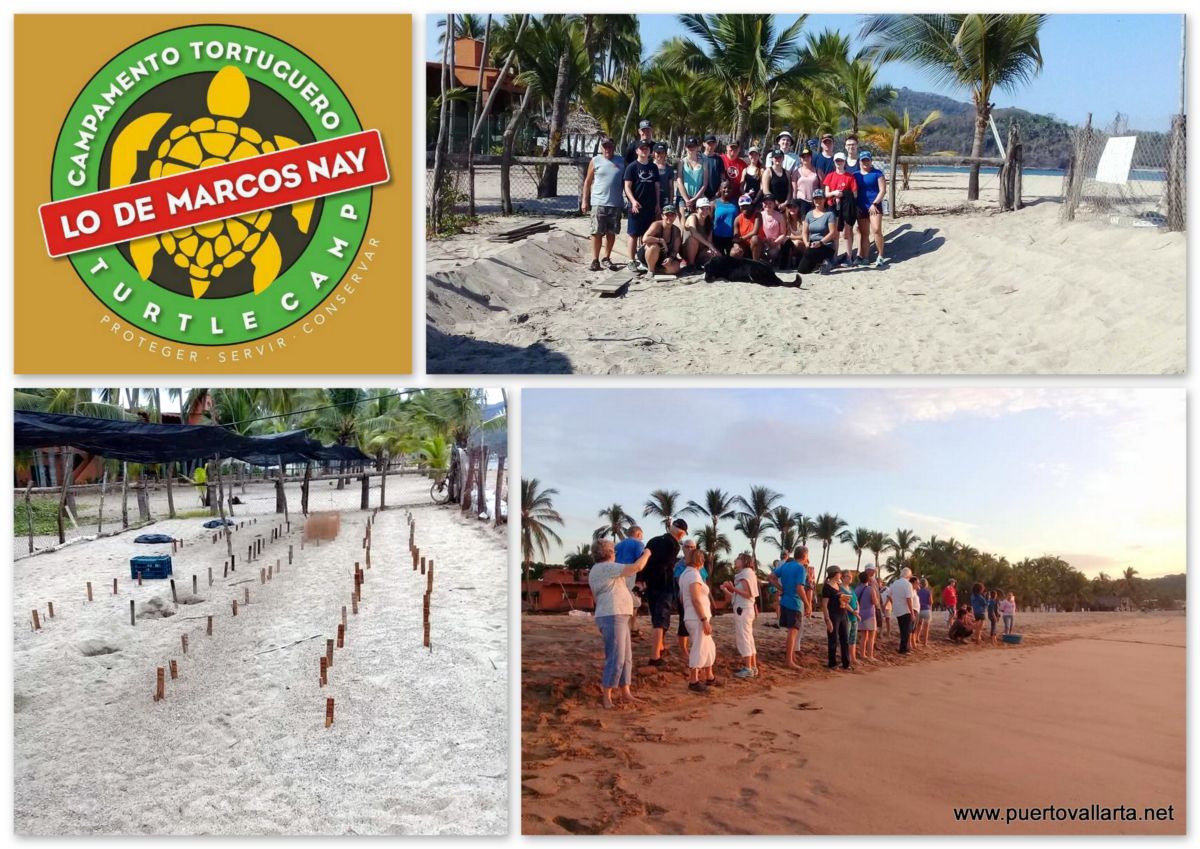
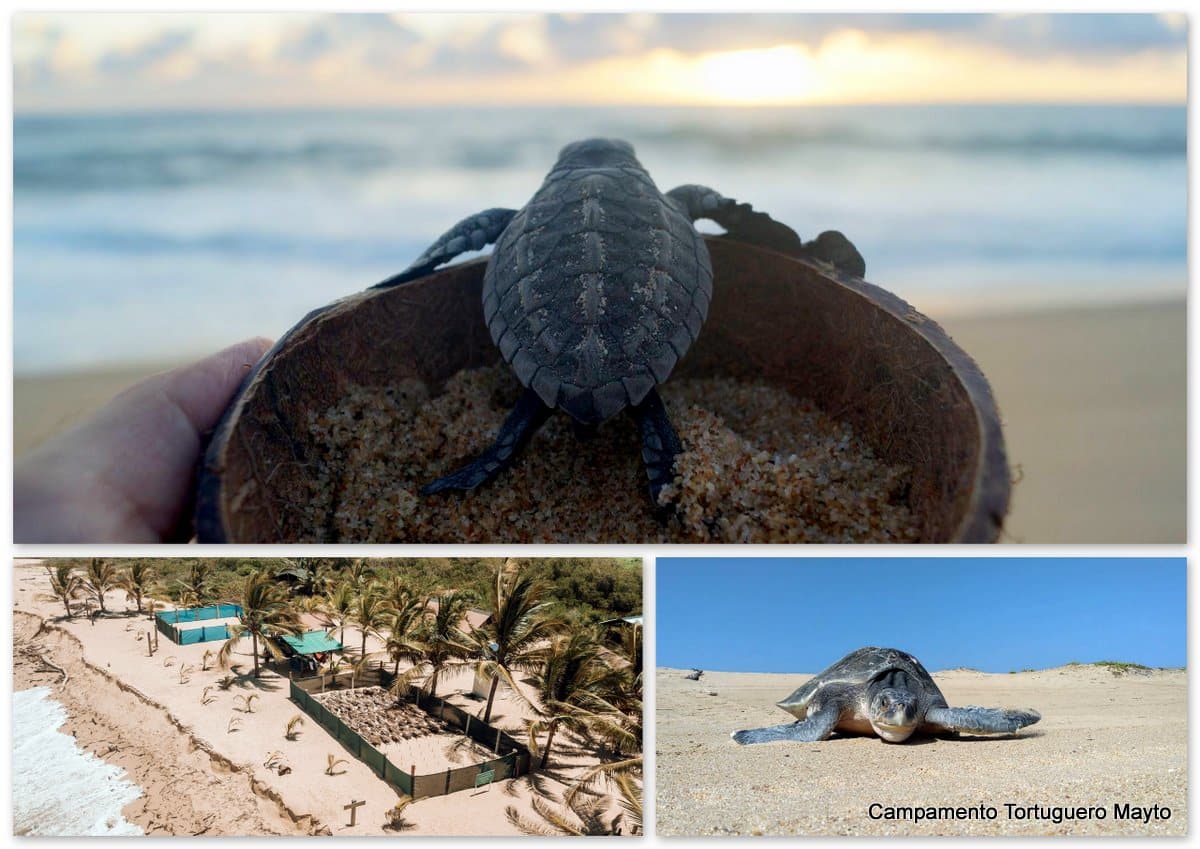
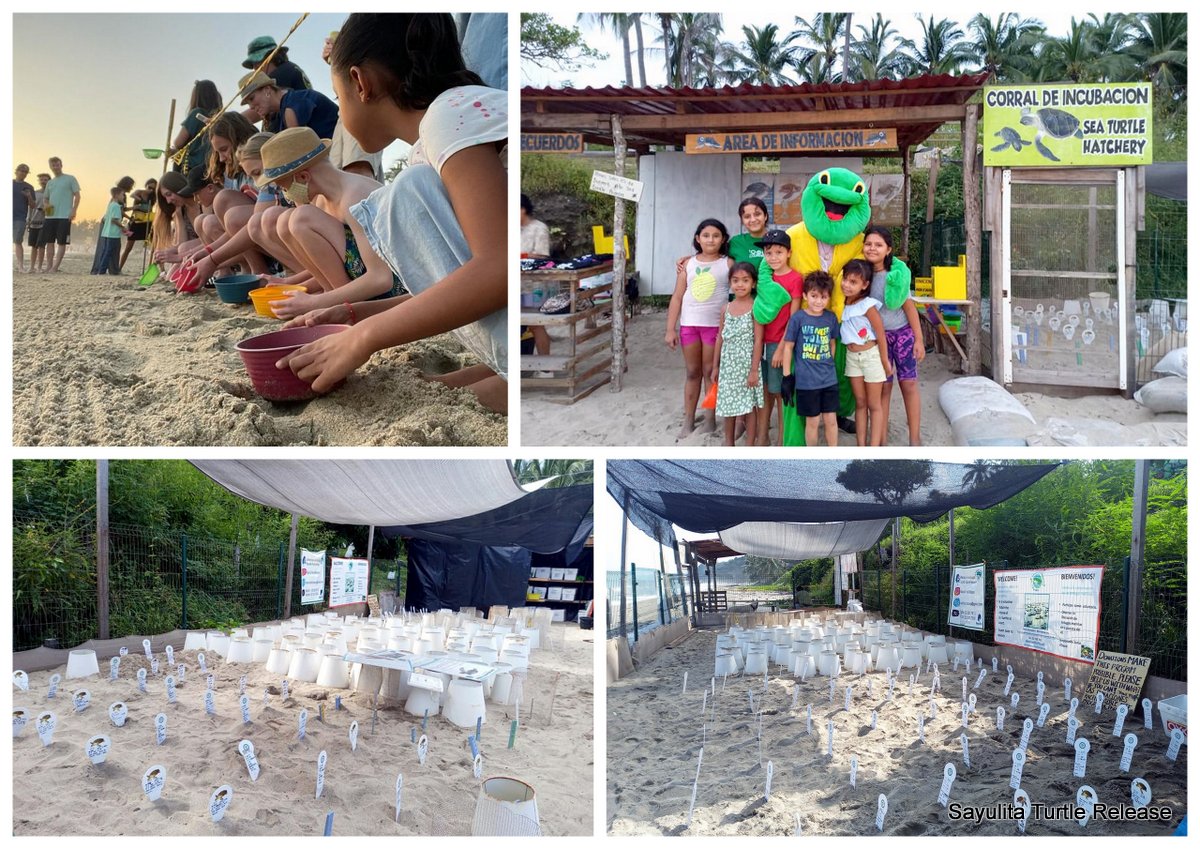
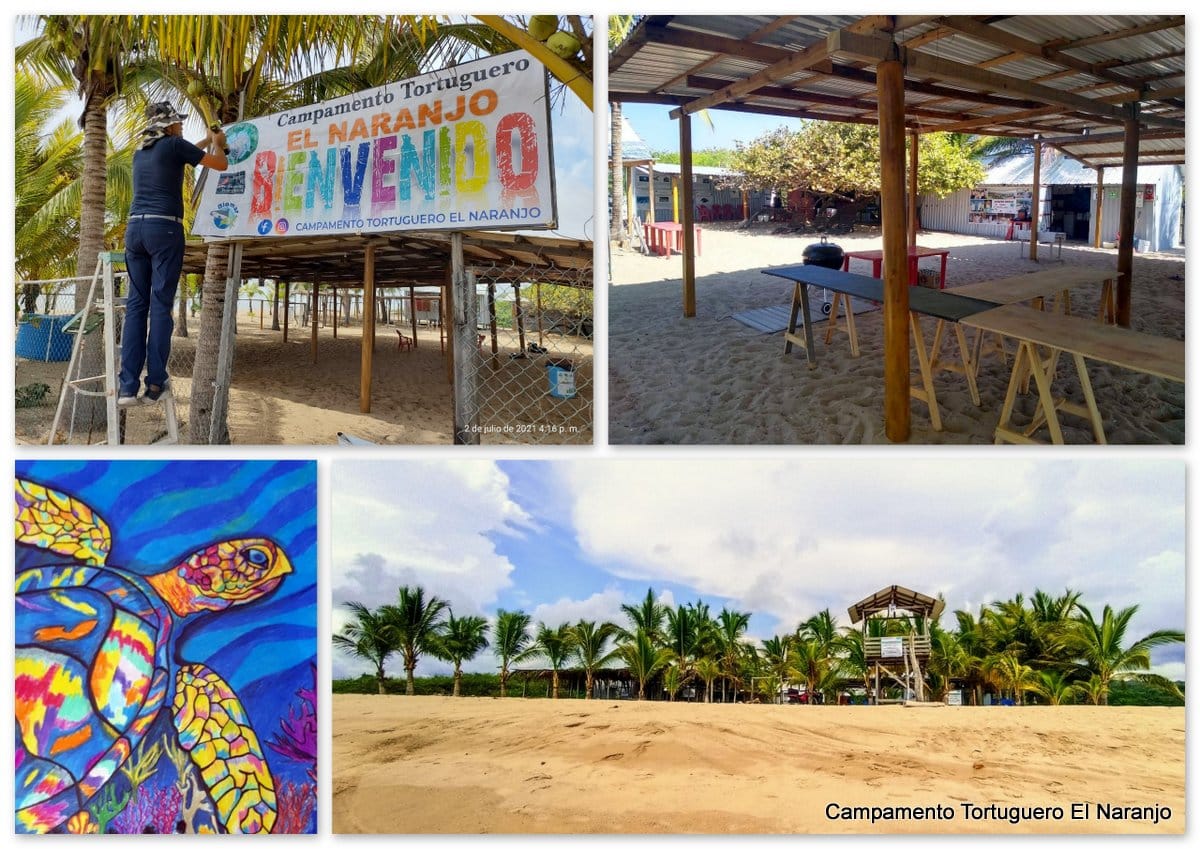
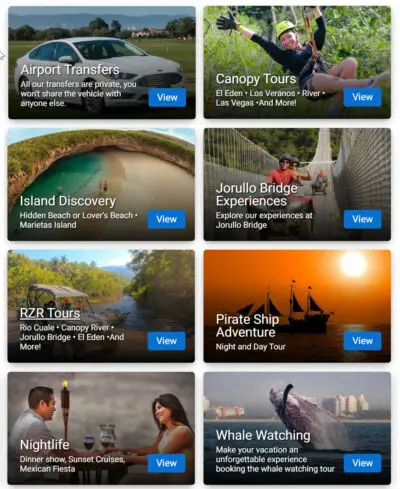
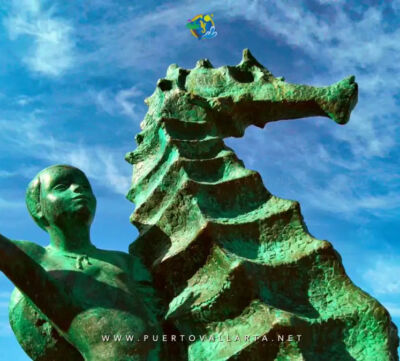
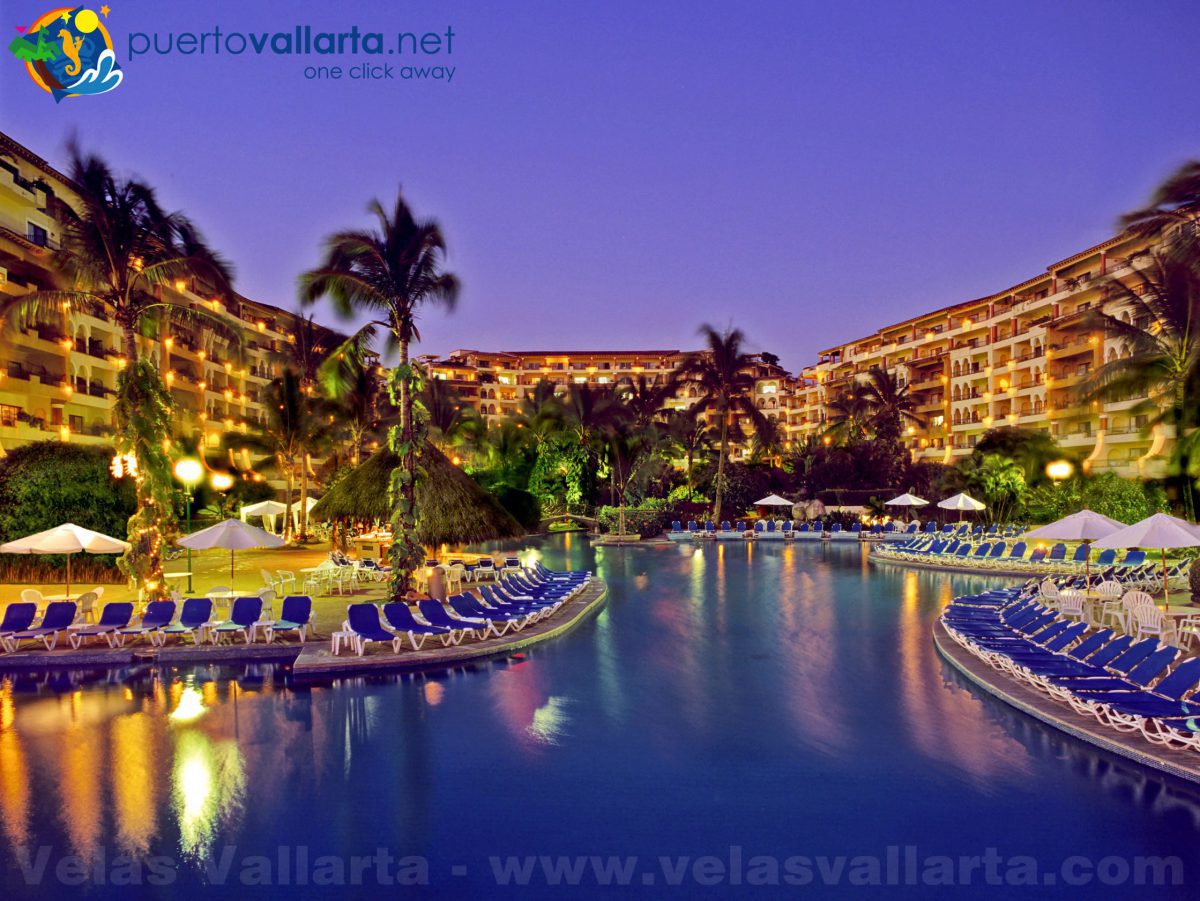

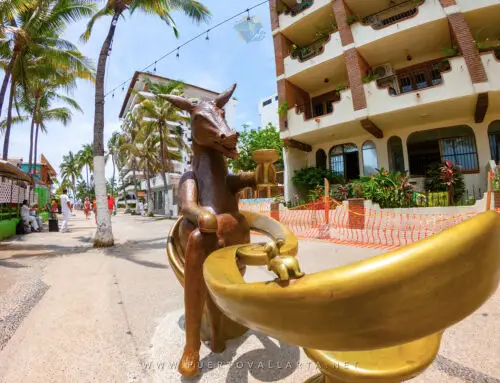
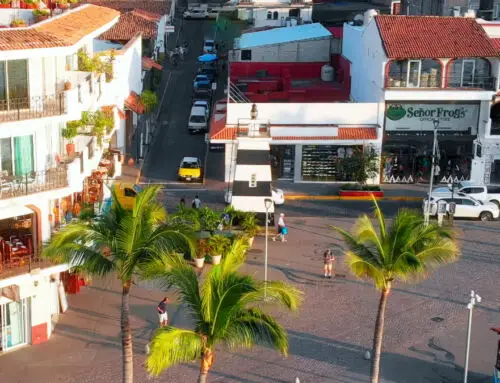
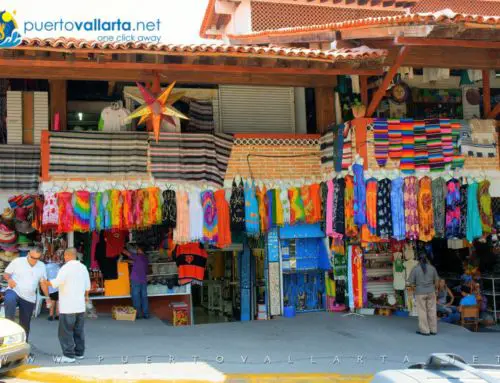
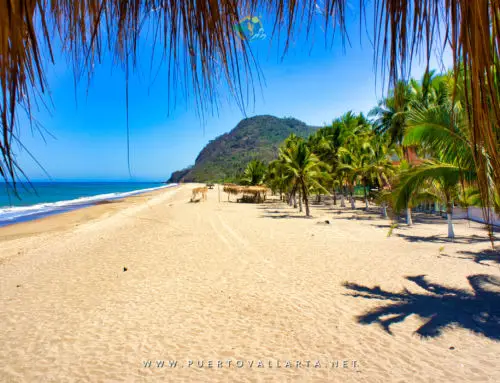
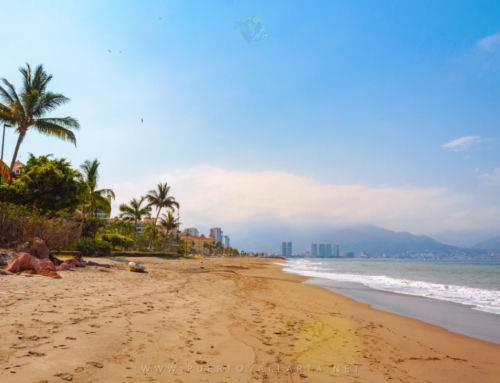
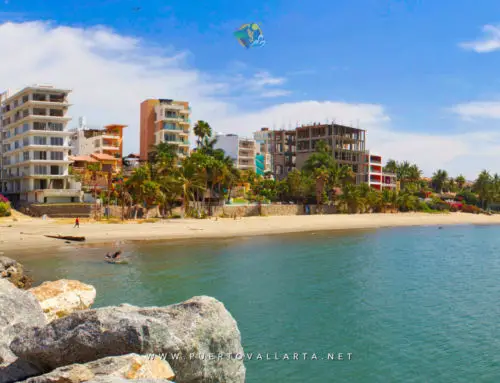
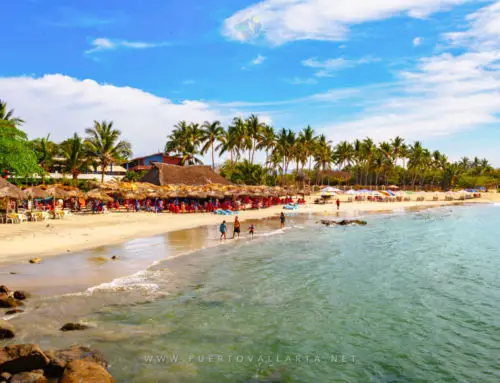
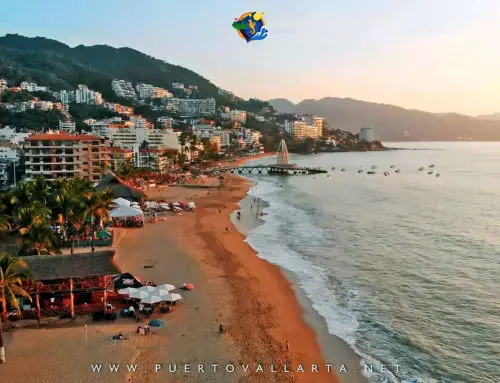
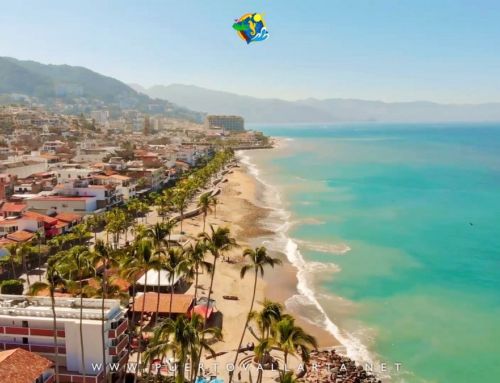
Leave A Comment